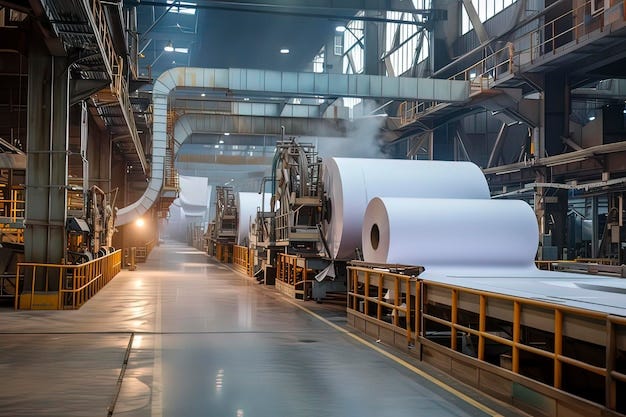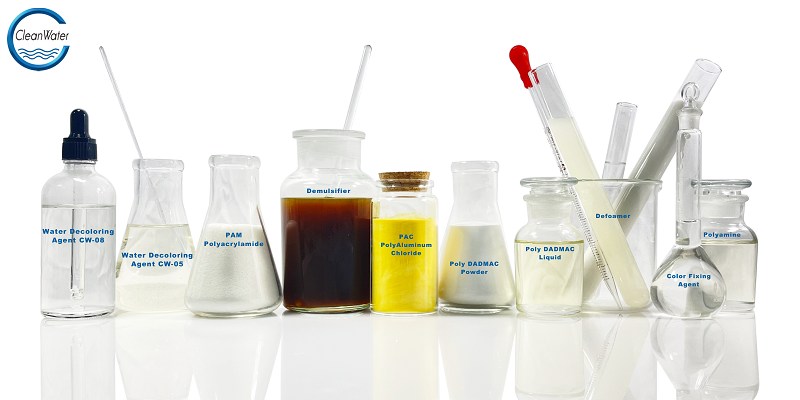OverviewPapermaking wastewater mainly comes from the two production processes of pulping and papermaking in the papermaking industry. Pulping is to separate the fibers from plant raw materials, make pulp, and then bleach it. This process will produce a large amount of papermaking wastewater; papermaking is to dilute, shape, press, and dry the pulp to make paper. This process is also prone to produce papermaking wastewater. The main wastewater produced in the pulping process is black liquor and red liquor, and papermaking mainly produces white water.
Main features 1. Large amount of wastewater.2. The wastewater contains a large amount of suspended solids, mainly ink, fiber, filler and additives.3. The SS, COD, BOD and other pollutants in the wastewater are relatively high, the COD content is higher than the BOD, and the color is darker.
Treatment plan and problem solution.1. Treatment method The current treatment method mainly uses anaerobic, aerobic, physical and chemical coagulation and sedimentation process combination treatment mode.
Treatment process and flow: After the wastewater enters the wastewater treatment system, it first passes through the trash rack to remove larger debris, enters the grid pool for equalization, enters the coagulation tank, and produces a coagulation reaction by adding polyaluminum chloride and polyacrylamide. After entering the flotation, SS and part of the BOD and COD in the wastewater are removed. The flotation effluent enters the anaerobic and aerobic two-stage biochemical treatment to remove most of the BOD and COD in the water. After the secondary sedimentation tank, the COD and chromaticity of the wastewater do not meet the national emission standards. Chemical coagulation is used for enhanced treatment so that the wastewater can meet the emission standards or can meet the emission standards.
Common Problems and Solutions 1) COD exceeds the standard. After the wastewater is treated by anaerobic and aerobic biochemical treatment, the COD of the effluent does not meet the emission standards.Solution: Use high-efficiency COD degradation agent SCOD for treatment. Add it to the water in a certain proportion and react for 30 minutes.
2) Both chromaticity and COD exceed the standard After the wastewater is treated by anaerobic and aerobic biochemical treatment, the COD of the effluent does not meet the emission standards. Solution: Add high-efficiency flocculation decolorizer, mix with high-efficiency decolorizer, and finally use polyacrylamide for flocculation and precipitation, solid-liquid separation.
3) Excessive ammonia nitrogen The effluent ammonia nitrogen cannot meet the current emission requirements. Solution: Add ammonia nitrogen remover, stir or aerate and mix, and react for 6 minutes. In a paper mill, the effluent ammonia nitrogen is about 40ppm, and the local ammonia nitrogen emission standard is below 15ppm, which cannot meet the emission requirements stipulated by environmental protection regulations.
Conclusion Papermaking wastewater treatment should focus on improving the recycling water rate, reducing water consumption and wastewater discharge, and at the same time, it should actively explore various reliable, economical and wastewater treatment methods that can fully utilize useful resources in wastewater. For example: flotation method can recover fibrous solids in white water, with a recovery rate of up to 95%, and clarified water can be reused; combustion wastewater treatment method can recover sodium hydroxide, sodium sulfide, sodium sulfate and other sodium salts combined with organic matter in black water. Neutralization wastewater treatment method adjusts the pH value of wastewater; coagulation sedimentation or flotation can remove large particles of SS in wastewater; chemical precipitation method can decolorize; biological treatment method can remove BOD and COD, which is more effective for kraft paper wastewater. In addition, there are also reverse osmosis, ultrafiltration, electrodialysis and other papermaking wastewater treatment methods used at home and abroad.
Post time: Jan-17-2025



